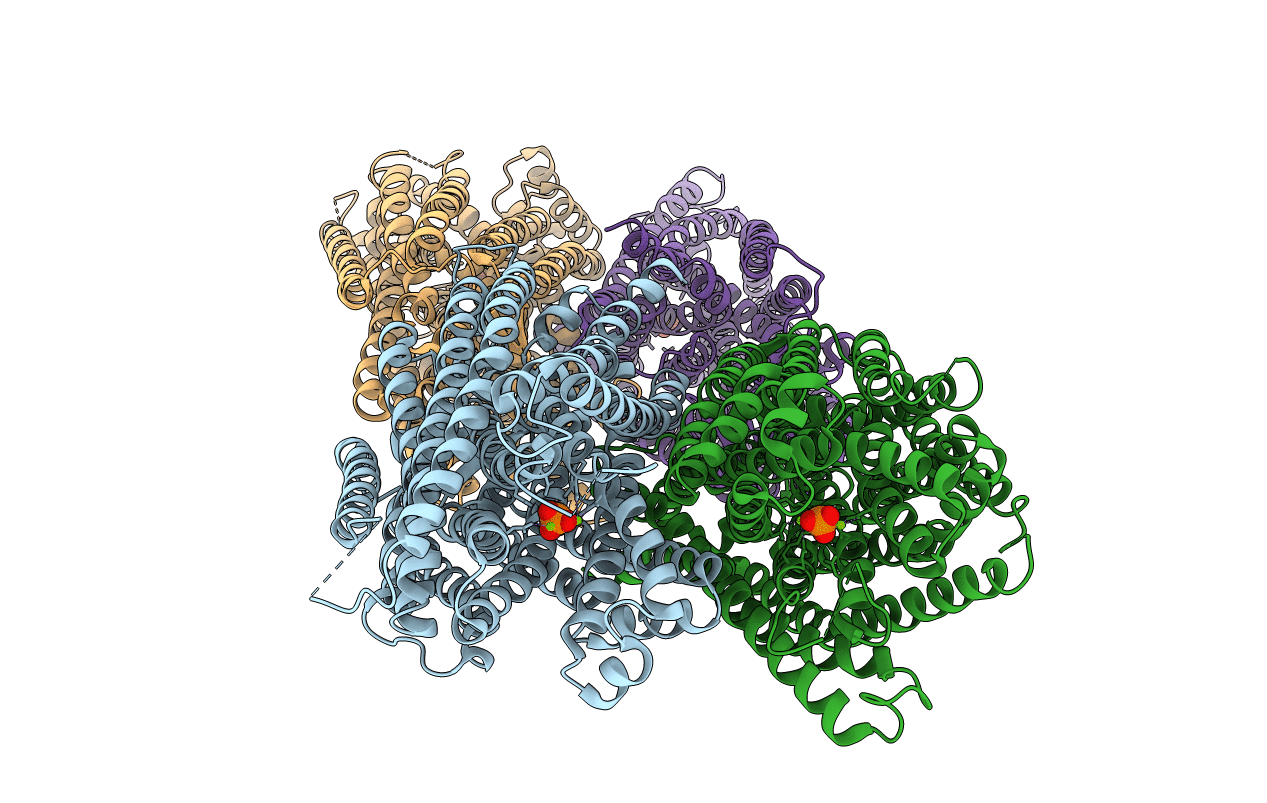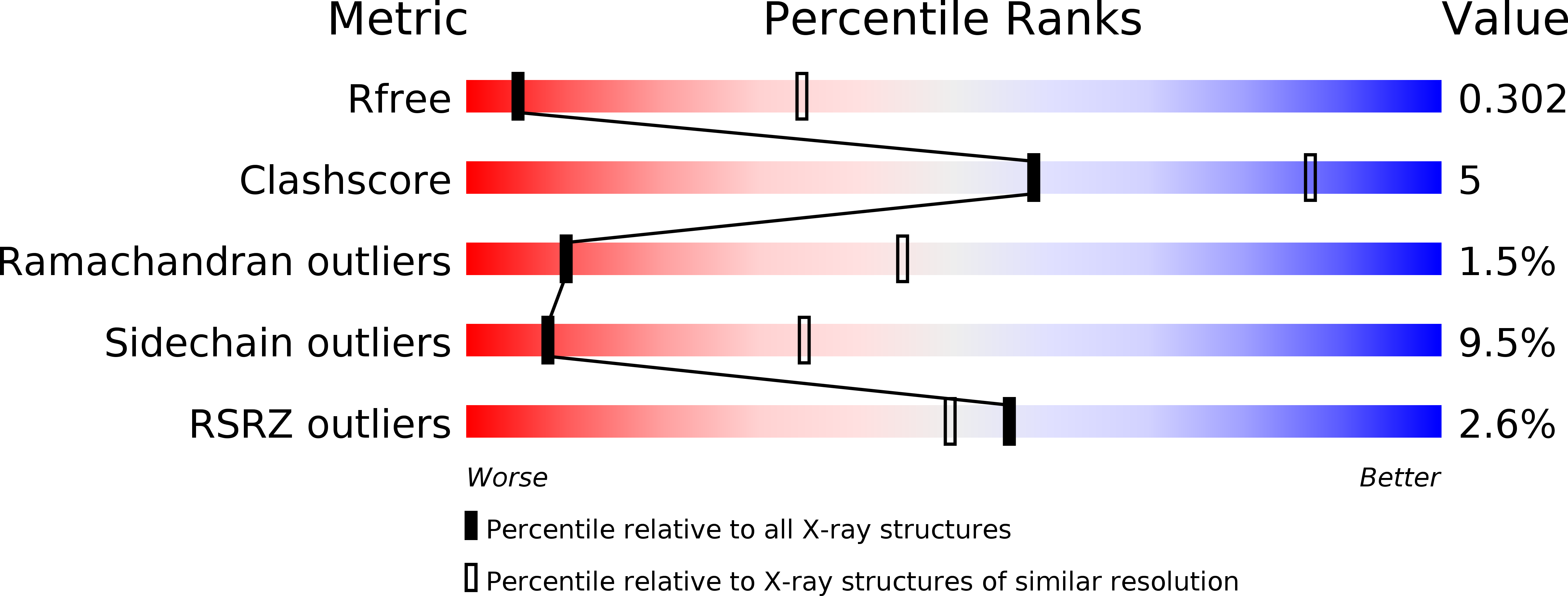
Deposition Date
2016-08-03
Release Date
2016-12-28
Last Version Date
2024-10-16
Entry Detail
Biological Source:
Source Organism:
Vigna radiata var. radiata (Taxon ID: 3916)
Host Organism:
Method Details:
Experimental Method:
Resolution:
3.50 Å
R-Value Free:
0.30
R-Value Work:
0.22
R-Value Observed:
0.22
Space Group:
C 1 2 1


